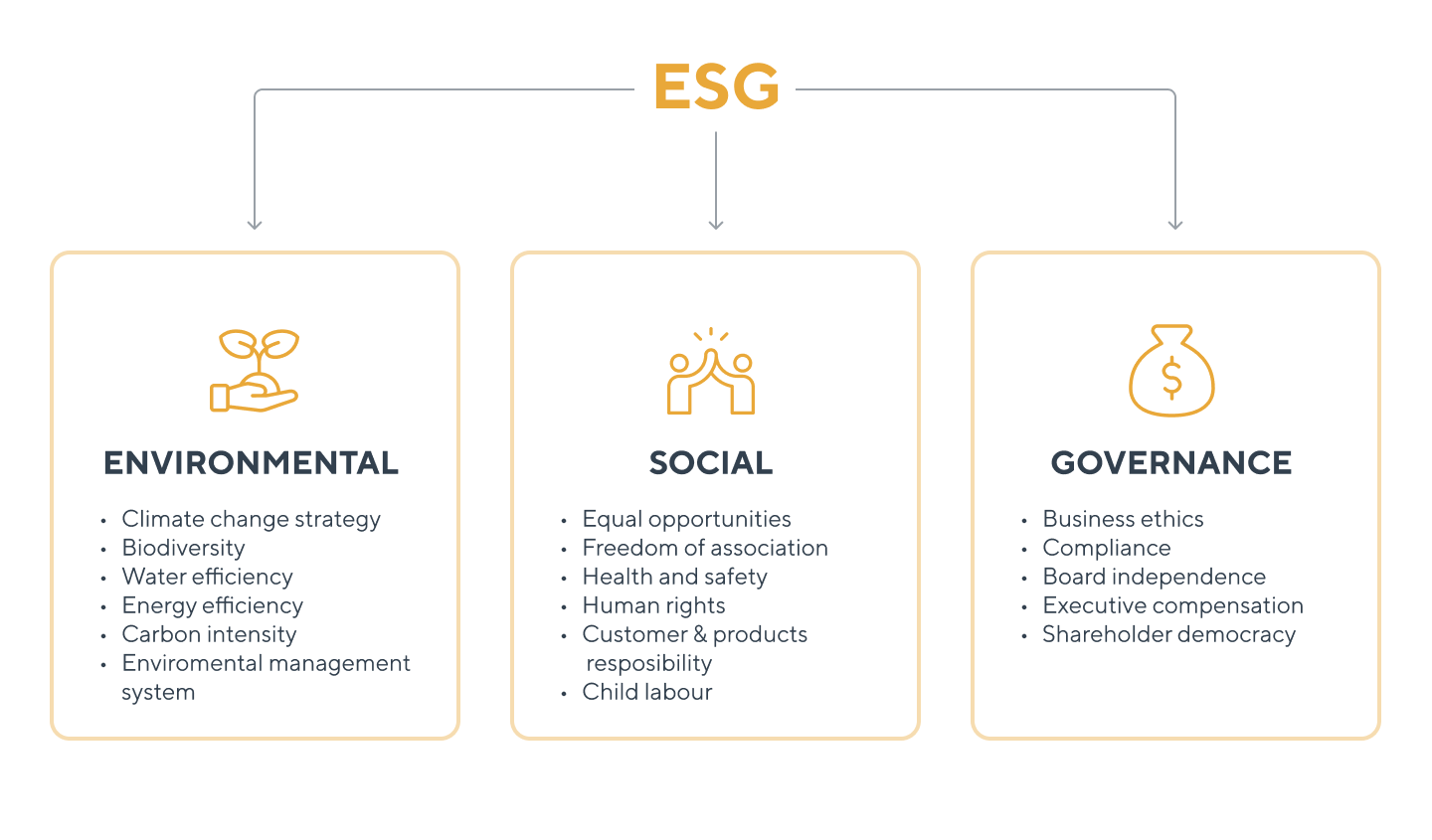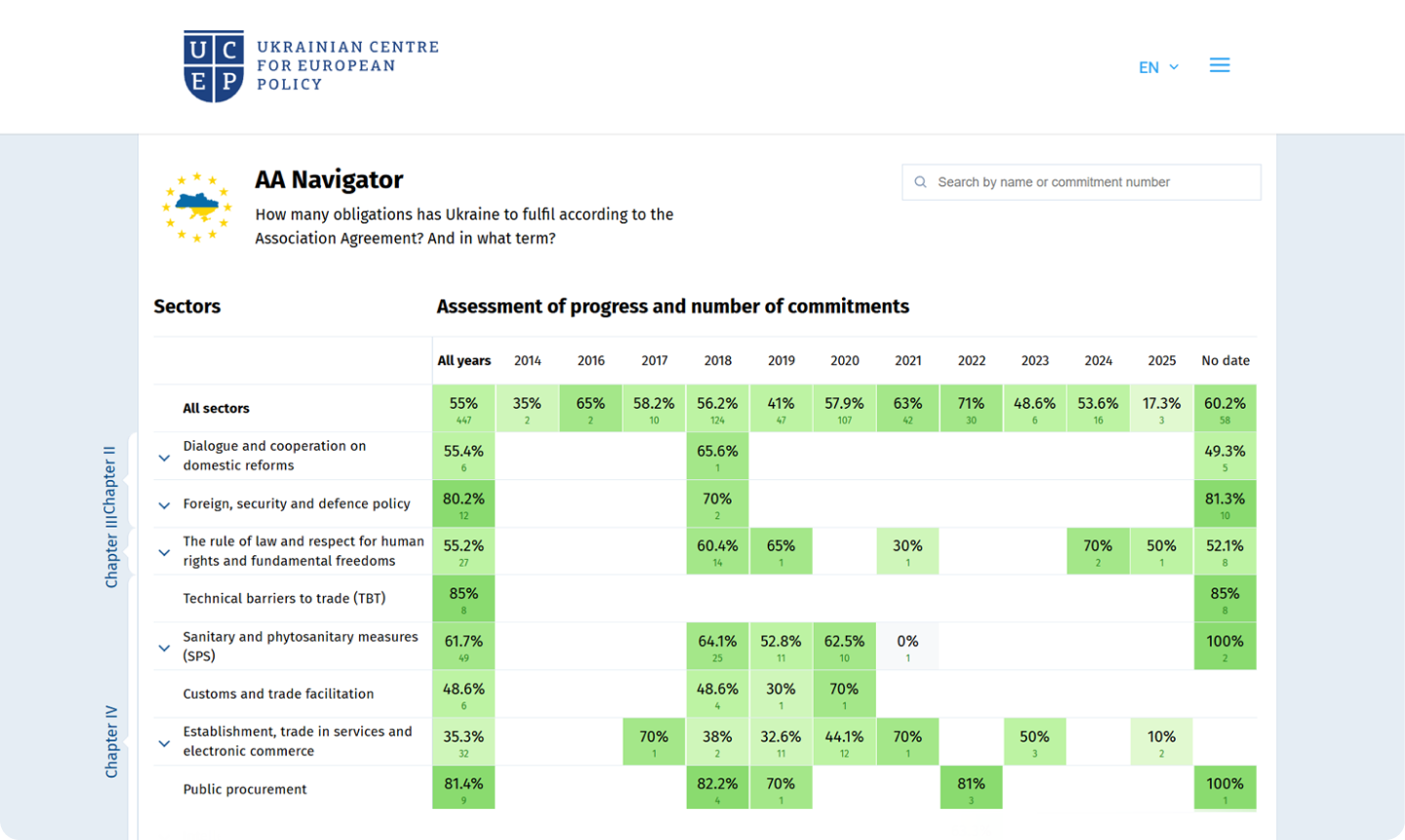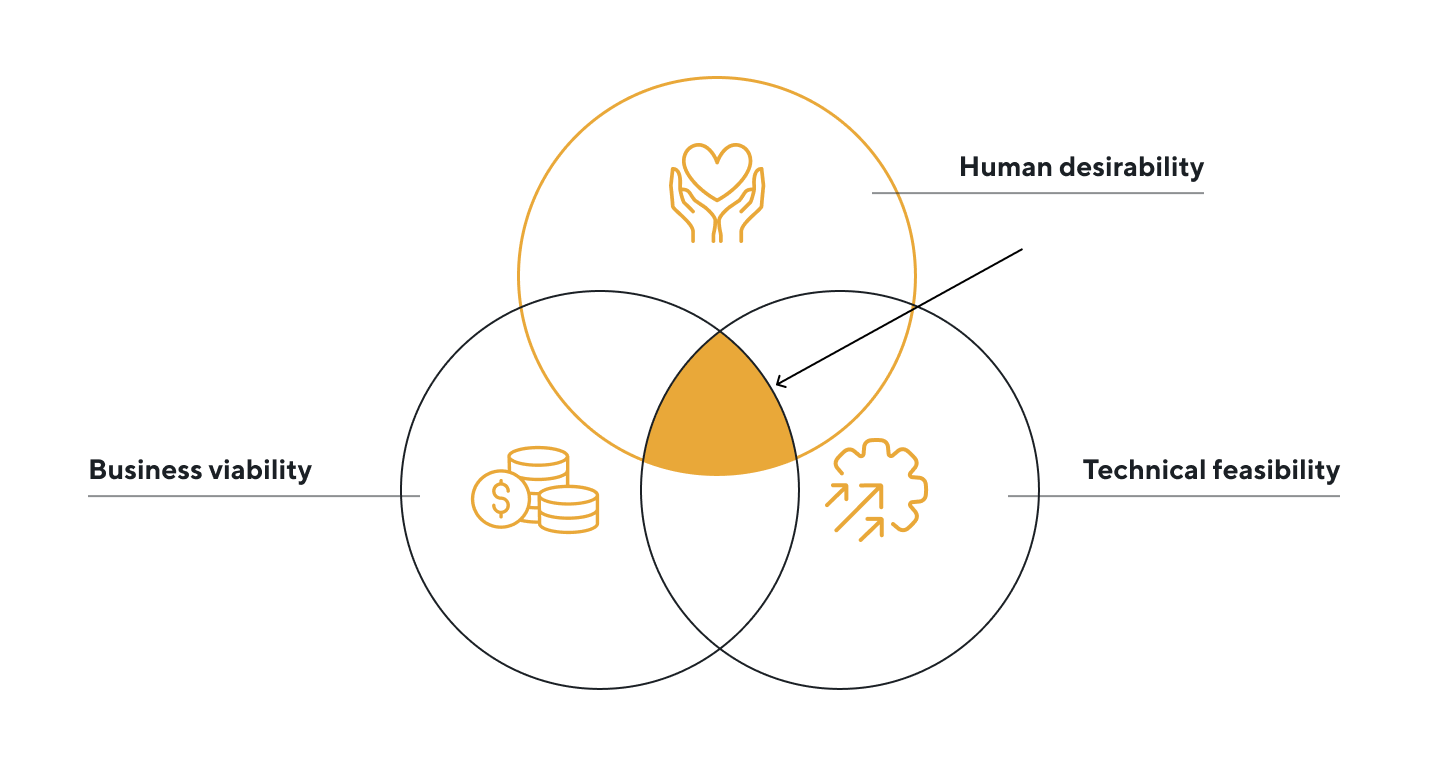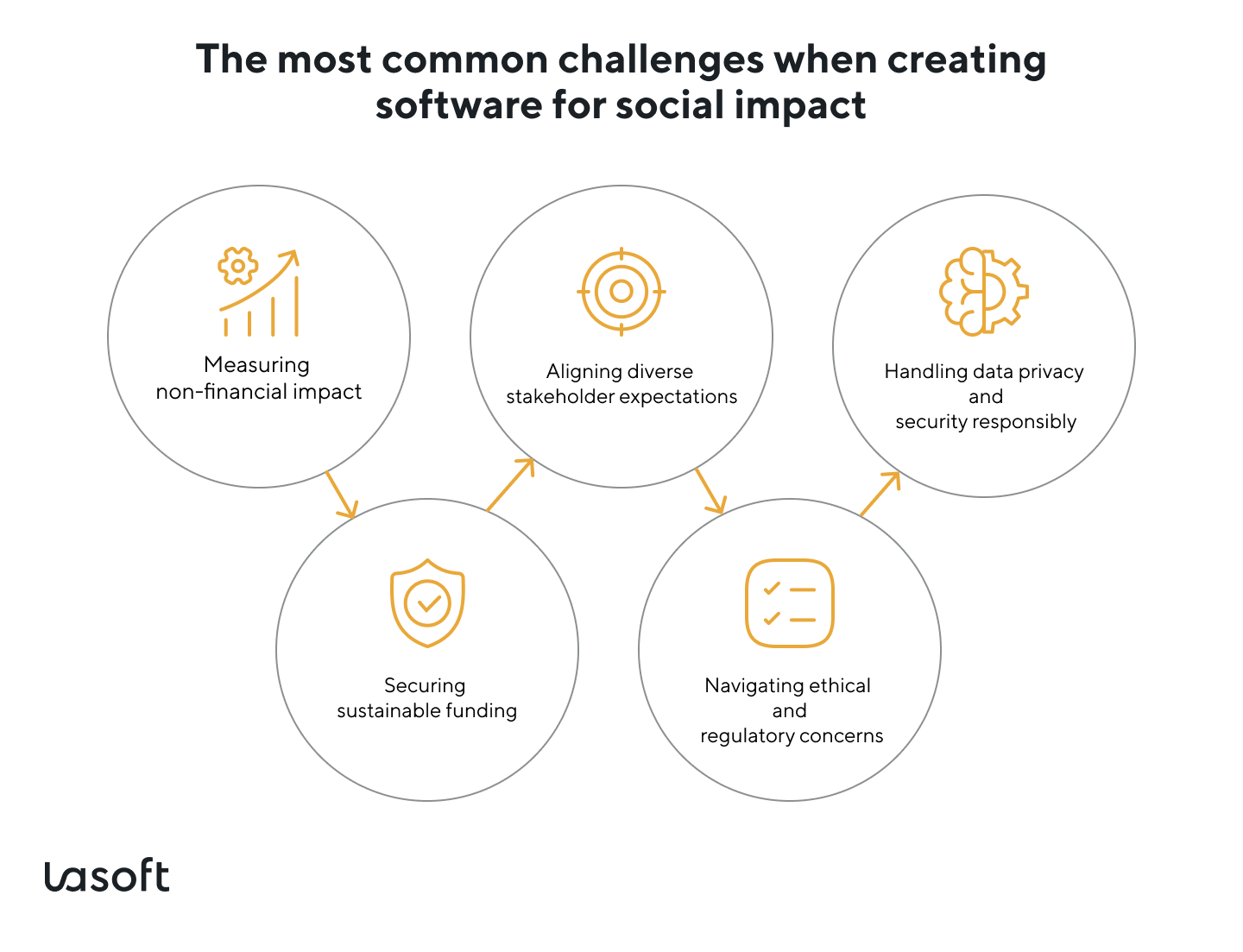As the digital layer of our lives thickens, technology is shaping how we care, heal, and act. More than ever, people expect digital products to do good — to support sustainability, inclusivity, mental health, civic engagement, and more. And the numbers back it up.
According to a NielsenIQ global survey, 81% of global respondents feel strongly that companies should take a stand on social and environmental issues. Purpose-driven tech means thinking beyond features and profits. It means building products that solve real problems without creating new ones.
So, what happens when startups, studios, and software engineers stop chasing only profit and start building for something bigger?
That’s what we’re here to explore.
Technology is a driver for positive change, not merely profits
For years, business owners and independent investors poured money into glossy product launches, chasing billion-dollar valuations. But that narrative is cracking. Behind the visually stunning image and perfect functionality, people are also asking questions: What is this actually doing for the world? Who does it serve? What does it leave behind?
The truth is, tech can do better — and it has to.

At its core, technology is just a tool. It’s how we use it that counts. And more builders today are waking up to the idea that software is a vehicle for change.
You see it in platforms like Too Good To Go, which helps users rescue surplus food from restaurants and shops before it goes to waste — a simple app that’s saved over 400 million meals and counting. Or Be My Eyes, which connects blind and low-vision users with sighted volunteers via video call, turning everyday smartphones into lifelines of support.
“Technology creates the greatest value when it helps solve real social or environmental problems. It improves lives by offering more safety, access, and opportunity.” — Yulia Gadyak, project manager
Considering that these products (and many others) are built with impact as a core feature, we believe that the “profit vs. purpose” debate is becoming obsolete. More companies are rising to the challenge of crafting products that solve problems for humanity. In doing so, they’re sharpening next-generation innovation.
A new paradigm on purpose-driven technology
A few years ago, if you asked a founder what made a product “successful,” you’d hear words like scalability, user retention, and market fit. Today, those things still matter, but they’re no longer the full picture.
More and more, tech teams are being asked: Does this product align with something bigger? Does it respect the people it touches and the systems it affects?
That’s the heart of ESG — a framework that considers environmental, social, and governance impact alongside traditional business metrics. It pushes companies to think beyond immediate returns and consider the long-term effects their products have on people, systems, and the planet.
The purpose isn’t abstract. It shows up in how we build.

Let’s take our work on Euronavigator as an example. It’s a dashboard system we developed for the Ukrainian Centre for European Policy. Their mission is to monitor Ukraine’s progress in implementing the EU-Ukraine Association Agreement. Before our collaboration, this was tracked manually, buried in spreadsheets, and nearly impossible for the public to follow.
We built a digital solution that automated data collection, tracked legislative progress in real time, and visualized it in a way that was accessible to anyone with an internet connection. What emerged was a tool for civic transparency. It helps institutions stay accountable and gives citizens the power to follow, question, and engage with Ukraine’s path toward EU integration.

And this isn’t an isolated shift. According to McKinsey, 90% of S&P 500 companies now publish ESG reports, signaling that purpose-driven strategies are becoming standard practice, not the exception.
In this new paradigm, the best tech doesn’t just work. It stands for something.
What comes beyond revenue?
Once upon a time, “impact” was seen as a trade-off — something you chased after you’d hit your revenue targets, or tucked away in an annual report under CSR. That mindset is rapidly dying.
Today, brands that take a stand tend to stand out. According to IBM, 44% of consumers actively choose brands that align with their values, and that number jumps even higher for Gen Z and Millennials. When a company shows it cares — not in a performative way, but through actual products and practices — it builds something far more powerful than clicks or conversions: trust.
And trust pays off.
“Building technologies that help people and the planet boost your reputation in the eyes of customers, teams, and the wider market.” — Dmytro Bilyk, CEO
Purpose-led companies often enjoy deeper customer loyalty, stronger brand equity, and increased employee engagement. They’re also more resilient in the long run — better equipped to navigate regulatory shifts, public scrutiny, and market disruptions.
Take Nike (took a stand on social justice and watched its brand loyalty soar), LEGO (quietly saving the planet one biodegradable brick at a time), and Microsoft (on a mission to be cooler and carbon negative), for example. These are profitable, high-performing businesses that have proven values and can go hand in hand.

We’ve seen this dynamic firsthand. When a tech product is designed around a mission — whether it’s civic transparency, health equity, or environmental sustainability — it naturally attracts users who believe in its purpose. When those users become advocates, the marketing takes care of itself.
“Technically, building for impact isn’t harder than building for profit. You use the same tools — you just aim for something bigger.” — Vasyl Varkholyak, CTO
Revenue is still part of the picture. But it’s no longer the whole canvas. What comes next is a more complete definition of success — one that includes people, planet, and profit in the same frame.
Overcoming the challenges of a dual mission
When social or environmental goals are part of the product brief, everything shifts — from how you define success to how you prioritize features, manage budgets, and talk to stakeholders. Aligning around a commercial roadmap is one thing. Aligning around a commercial roadmap and a mission that’s a whole different level of complexity.

But even when all those forces balance, another challenge kicks in: how do you measure success when it’s not just financial? ROI is easy to quantify. Social value, not so much. Are you looking at engagement? Behavior change? Policy impact? The answers often live in grey zones, and without the right metrics, it’s easy for a mission to become a marketing slogan instead of a guiding principle.
For starters, doing good can also cost more, at least upfront. Ethical sourcing, sustainable infrastructure, inclusive design, and user research in underserved areas… it adds time and budget. Not to mention the pressure to meet multiple expectations: funders want scale, users want impact, and your team just wants to ship something that actually works.
Then there’s the stakeholder paradox. Some investors love the mission, as long as it doesn’t slow growth. Others get nervous when they hear words like “accessibility” or “open-source.” And internally, even the most values-driven teams can hit tension points when goals pull in different directions.
But here’s the thing: these challenges aren’t a sign you’re doing it wrong. They’re proof you’re doing something worth doing.

The key is clarity. Products with a dual mission need to be radically clear about who they serve, what success looks like, and where compromises are not on the table. They need buy-in early from leadership, funders, and users alike. They need product strategies that measure value in more than just dollars.
The road ahead
What is the most exciting thing about purpose-driven technology? We’re still at the beginning.
Yes, the challenges are real. But so is the momentum. Across industries, we’re seeing a new generation of founders, funders, and product teams who build impact into the architecture of their companies from day one.
The tech itself is also evolving to meet that ambition. We’re seeing the rise of climate-focused AI, low-carbon cloud solutions, inclusive design systems, and tools that prioritize transparency over opacity. And in our view, this shift is only going to accelerate.
Looking ahead, the real innovation won’t come from doing what’s profitable and sprinkling in purpose later. It will come from teams who start with purpose and build scalable, sustainable businesses around it.


